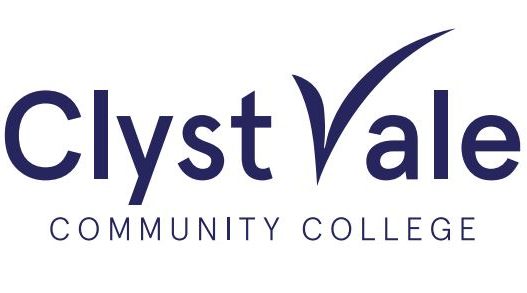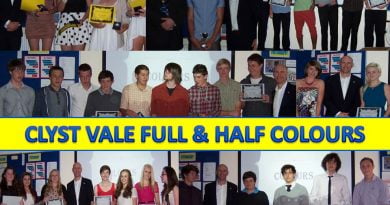Art, Design Technology and Food Curriculum Intent Statements
Art Curriculum Intent Statement
‘There is no people in all the world without art’ Gombrich
Art education is vital in giving students an understanding of our culture and the traditions that it is rooted in, ‘enquiry, curiosity, and creativity are fundamental to learning and are stimulated by cultural experiences’. Art allows pupils to think about moral and religious issues which have often been subjects for artists. Our art curriculum at Clyst Vale gives students opportunities to look at different societies and cultures throughout history, giving students alternative views on reality and ways of doing things.
Art can bring life to something which was spoken or read, thought or felt. Rather than being merely an activity which is a leisure pursuit, art enriches our culture and is central to our lives. In order to make sense of the increasingly visual world we live in we must learn to become visually literate.
Using the National Curriculum as a basis the department aims to:
Provide a challenging, balanced, stimulating curriculum which promotes students’ understanding of themselves, their identity and personal culture by building on their own interests and prior learning.
Develop in our students an awareness of how art and design is firmly rooted in a culture and how art and design affects our everyday life and our being in the world, through visual and tactile forms.
Provide methods of teaching and learning such as formative assessment which enable students to learn how to learn through structured programmes of study and differentiated learning targets.
Develop visual literacy, aesthetic understanding and competent use of the formal elements.
Help students to take part in dialogue with themselves and others about art by identifying what is common and what is distinctive in their own art and the art of others.
Develop students’ artistic vocabulary and language skills to enable them to formulate their own ideas and opinions when reviewing, modifying and evaluating work and setting personal targets.
Teach transferable practical and cognitive skills for realising ideas, making their own work and manipulating materials, tools and techniques.
All this is fostered through a caring and supportive ethos which puts strong and positive relationships at the heart of everything we do. Students work and the confidence and sense of worth it engenders is celebrated throughout the college and wider community.
Design and Technology Curriculum Intent Statement
D&T is a subject that has the power to transform; we aim to teach students about designing solutions that improve people’s lives. Solutions which mean people are able to make better decisions, to work more effectively or comfortably, to fully understand the impact of products and product design on the world and its resources.
We aim to provide a curriculum that will be relevant for the future. To prepare students for work within the full range of Design & Technology careers both locally and beyond. A curriculum that demonstrates that the skills fostered by Design and Technology are valuable preparation for careers in many other fields e.g. medicine, law and computer science.
Regardless of ability or career path we aim to provide knowledge and understanding of newly emerging and rapidly developing technologies in order that students can understand and utilise their benefits.
Through our subject we look to actively develop skills, such as teamwork, project and time management which are consistently sought and valued by employers.
We also teach students practical skills. We value and celebrate their acquisition. Students will develop an appreciation of the varying properties and aesthetic qualities of materials.
“Design and Technology teaches young people to ‘think with their hands.’ The ability to use tools and materials to solve problems is vital, and is as important in medicine and surgery as in the jeweller’s workshop or the sculptor’s studio. Now more than ever, D&T is a crucial subject for every young person.”
Professor Roger Kneebone, Imperial College, London.
Students will be taught to understand technology, people and the environment: in today’s world there is an ever increasing focus on the use of resources and the impact on the environment, resulting in a greater awareness of sustainable design. We aim to teach students about the social, economic and moral issues associated with producing products across the world. Design Technology promotes interdisciplinary learning between Science, Art, and Maths by providing opportunities for students to apply practical knowledge to solving real world problems.
“Design and Technology is a phenomenally important subject. Logical, creative and practical, it’s the only opportunity students have in school to apply what they learn in Maths and Science.”
Sir James Dyson
In addressing the above we aim to create an environment in which students can take creative risks, in which they can develop original and imaginative ideas. We empower students to clearly communicate their ideas to others, to knowledgably select the best materials for realising their designs and to complete the design cycle by evaluating and improving their products. All of the skills and knowledge learned equips students not merely for public exams but for their life beyond Clyst Vale.

